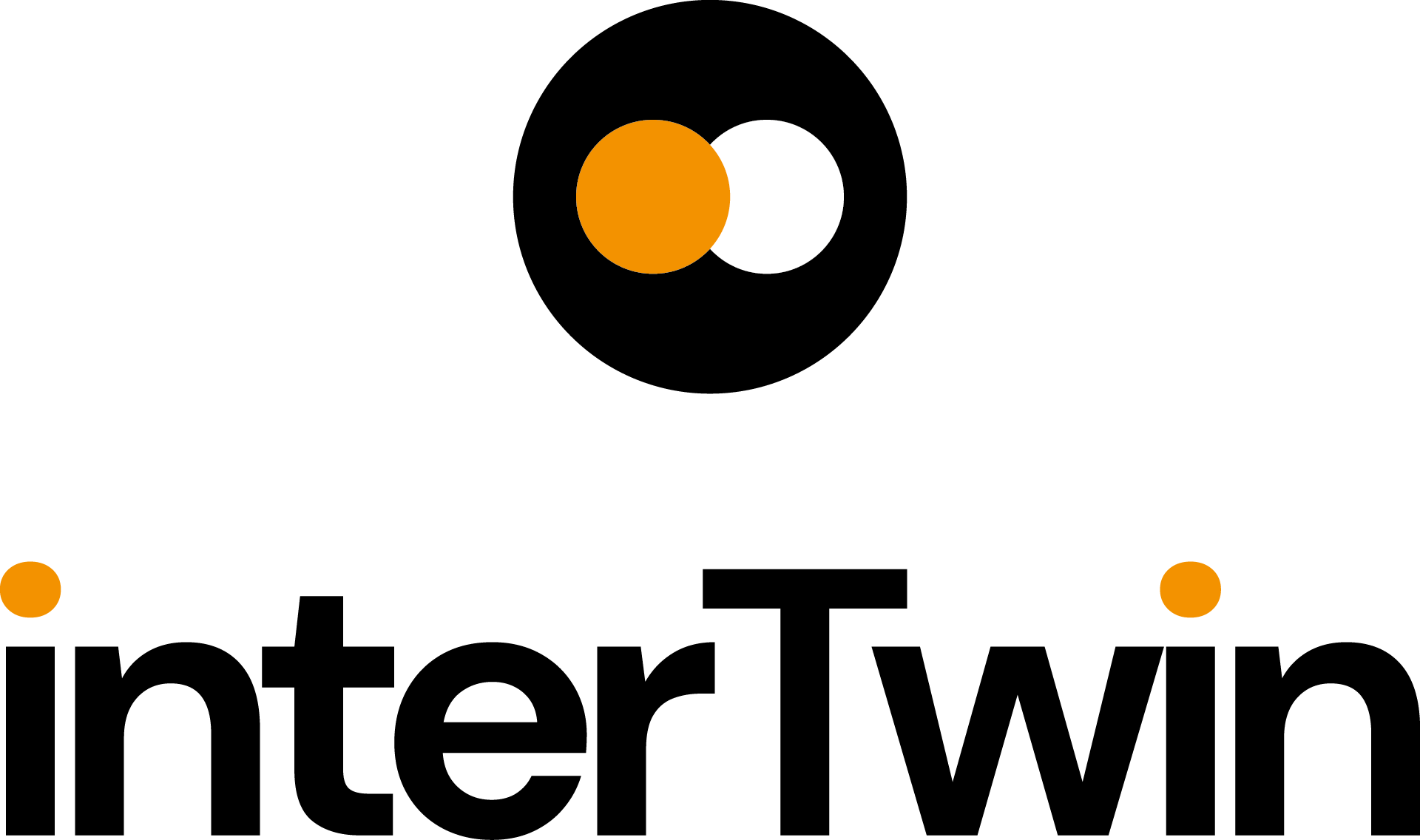Hundreds of millions of people around the world are at risk of flooding from the sea, from rivers or as a result of extreme rainfall. Every year, there are thousands of casualties and extensive damage. Population growth, economic development and climate change mean these numbers will continue to increase in the future.
It is impossible to completely prevent floods, but Digital Twins can help make countries and regions less vulnerable to flooding by acquiring more knowledge in the fields of protection, dike failure mechanisms, better quantification of risks, developing sustainable and effective solutions (such as flood risk management landscapes) and developing forecasting and warning systems. In this way, we can contribute to making the world safer for floods at an acceptable cost.
FloodAdapt, developed by Deltares, is a digital twin that seeks to advance and accelerate flooding-related adaptation planning. It brings rapid, physics-based compound flood modelling and detailed impact modelling into an easy-to-use system, allowing non-expert end-users to evaluate a wide variety of compound events, future conditions, and adaptation options in minutes. FloodAdapt serves as a connector between scientific advances and practitioner needs, improving and increasing the uptake and impact of adaptation research and development.
However, deploying FloodAdapt for any geographical region of interest, requires that complex compound flood models are set up and integrated with hydrological models, impact assessment tools and the necessary local and global data. Developing and validating such models can be a time-consuming task, even for expert users.












